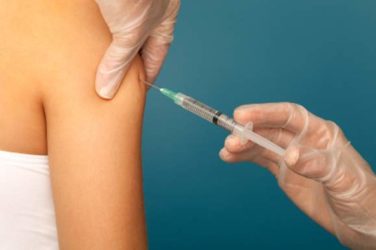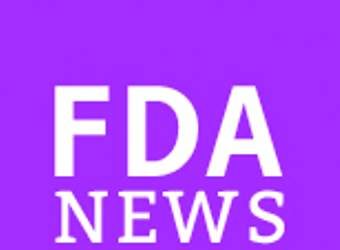FROM EASD 2016
The combination of exenatide and dapagliflozin produced better results than did either drug alone in patients with type 2 diabetes whose glucose levels aren’t controlled effectively by metformin.
At 28 weeks, HbA1c levels were lower in the combination group, where a third of patients lost more than 5% of their body weight, and 45% reached HbA1c levels under 7.0%, outpacing those on the solo treatments.
Cristian Guja, MD, of the Carol Davila University of Medicine and Pharmacy in Bucharest, Romania, presented the findings of DURATION-8 , a 28-week randomized, double-blinded study at 109 sites in six countries, Sept. 16 at the annual meeting of the European Association for the Study of Diabetes. The study was published simultaneously in the Lancet Diabetes & Endocrinology.
In 2014 and 2015, 695 adults with type 2 diabetes and insufficient glycemic control, defined as HbA1c 8%-12%, were randomly assigned to one of three groups: exenatide plus dapagliflozin (n = 231), exenatide alone (n = 231; n = 1 untreated), or dapagliflozin alone (n = 233). All were given placebo pills or injections for 1 week before randomization.
Patients’ average age was 54-55 years, most were white (82%-85%), with 37%-42% reporting Hispanic heritage. Men and women were nearly equally represented. The average body mass index was 32-33 kg/m2. Patients took basal insulin on a rescue basis as needed and were continued on prescribed blood pressure and cholesterol medications.
At 28 weeks, baseline HbA1c in the combination group fell by 2.0% (9.3% to 7.3%), compared with 1.6% (9.3% to 7.6%) in the exenatide-only group and by 1.4% (9.3% to 7.8%) in the dapagliflozin-only group.
Combination therapy was “significantly superior” to either drug alone for all secondary endpoints, including reduced fasting plasma and postprandial glucose, more patients with an HbA1c less than 7.0%, weight-related measures, and lowered systolic blood pressure (Lancet Diabetes Endocrinol. 2016 Sep 16. doi. org/10.1016/S2213-8587(16)30267-4 ).
Specifically, the percentage of patients with an HbA1c less than 7.0% was 45% for the combination group, 27% for the exenatide group, and 19% for the dapagliflozin group at 28 weeks. A third of patients taking the combination lost more than 5% of their weight, compared with 14% of those on exenatide alone and 20% of those on dapagliflozin.
The side-effect rate (57%) was highest in the combination group and lower (54% and 52%, respectively) for the exenatide and dapagliflozin groups.
Diarrhea, injection-site nodules, nausea, and urinary tract infection occurred in 5% or more of patients in at least one of the three groups. Across all study groups, 2%-5% of patients discontinued treatment because of side effects; discontinuation was greatest (5%) in the exenatide group. Three patients in the combination group died, as did one patient in each of the solo-treatment groups.
This study “provides high-quality evidence that the combination of exenatide and dapagliflozin is more effective than either drug alone in patients with inadequate response to metformin monotherapy,” Dr. Guja and his colleagues noted.
In a commentary , Michael A. Nauck, MD , and Juris J. Meier, MD , both of St. Josef Hospital in Bochum, Germany, called the percentage of patients (45%) who reached an HbA1c level of less than 7.0% in the combination treatment group “disappointing.” They suggested that GLP-1 receptor agonists (i.e., exenatide) may be more effective when combined with SGLT2 inhibitors (i.e., dapagliflozin) than when used with insulin treatment.
The study was funded by AstraZeneca, maker of both exenatide and dapagliflozin.




